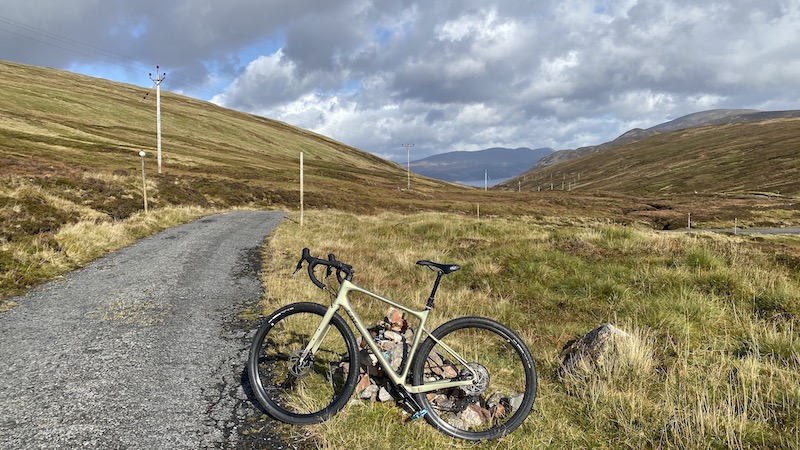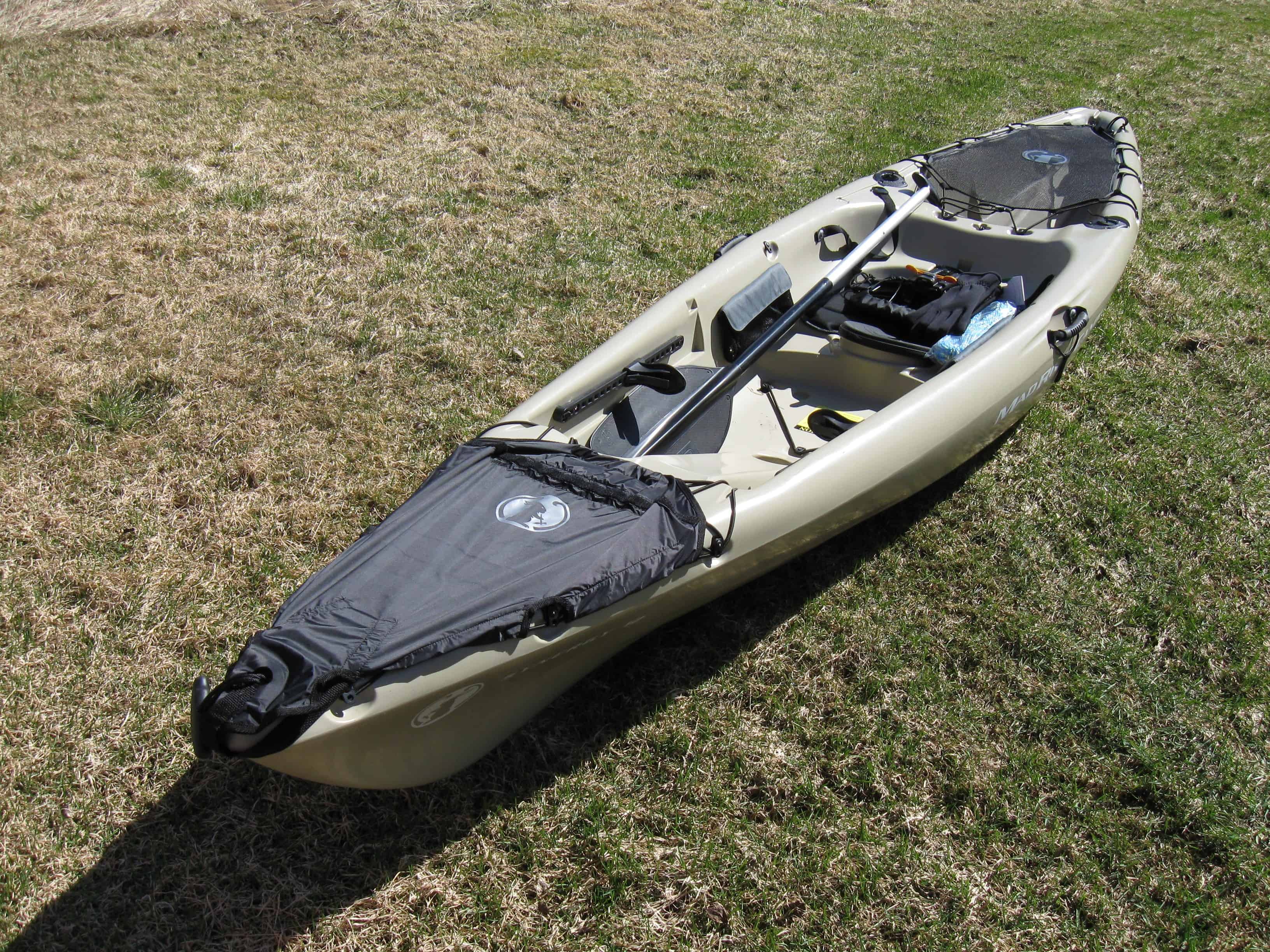Colorado Towns Buried Under Reservoirs

You might be surprised by what lies beneath some Colorado reservoirs. We’ll show you how by highlighting some of Colorado’s abandoned towns, which have been flooded and forgotten over the years.
Colorado is known for its dry climate, but many people don’t realize that most of the water bodies are artificial. Many of Colorado’s rivers and creeks have been dammed to create reservoirs for a variety of reasons, including water storage or flood mitigation.
It doesn’t matter if you use one of these reservoirs for recreation, or if you just pass it by. They could be hiding something big. It’s a messy process to create reservoirs, and some argue that the environmental impact is not worth it.
Some Colorado reservoirs have a messier history than others. These stories include the true accounts of whole communities being deliberately flooded in order to facilitate major engineering projects. The following is a list of the Colorado underwater ghost towns, listed in no particular sequence:
Dillon
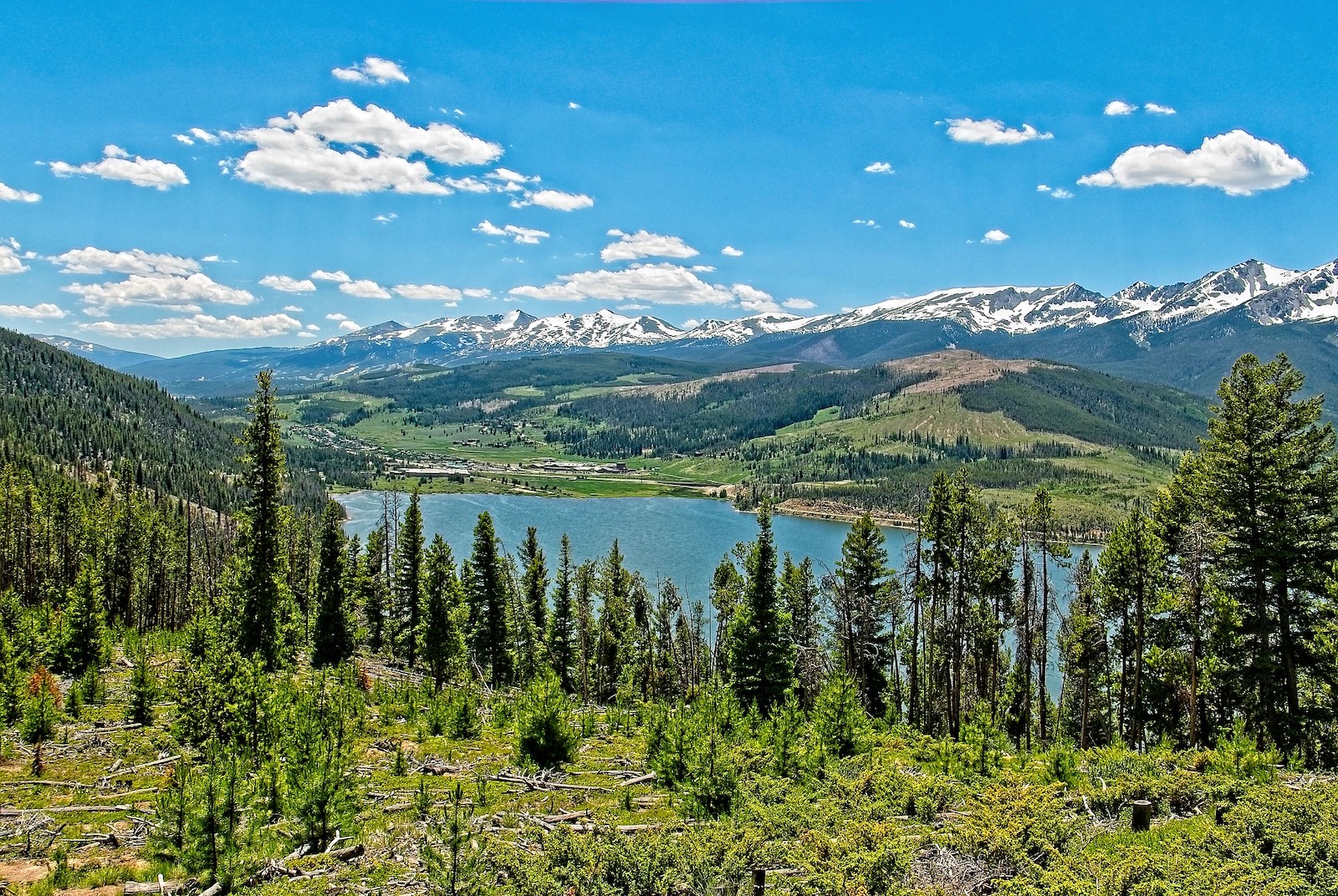
Most visitors boat, fish, and camp around Dillon Reservoir, without realizing this large body of water was created by human engineering and imagination, not something that happened naturally. The high-elevation mountain lake is surrounded by beautiful mountains and evergreen forests. It’s a perfect mountain destination, even for those who don’t like the outdoors.
Dillon, unlike some Colorado reservoirs that look like they’ve always been there but aren’t, is actually a new development. Dillon, the community that once occupied the area beneath the surface of the water was the largest in Summit County. It had more than 800 people living there as recently as 1960.
Denver, Colorado’s capital city, was facing a serious water shortage in the early 1900s. It sought to find solutions. The city officials dammed the Blue River and the Denver Water Board bought the land needed to do so during the Great Depression, when residents could not pay their property tax.
By 1961, the remaining Dillon residents had to sell their homes and leave. The town moved some of its buildings to the community that is located today along the shores of the reservoir. Some residents and business owners did not want to move their buildings because of the costs and stress involved.
Others packed up their belongings and moved away. The last remaining Dillon buildings were destroyed in 1961, before the construction of the dam. It’s amazing to think of how a town of this size was once located here.
Blue Mesa Dam Reservoir and its Communities
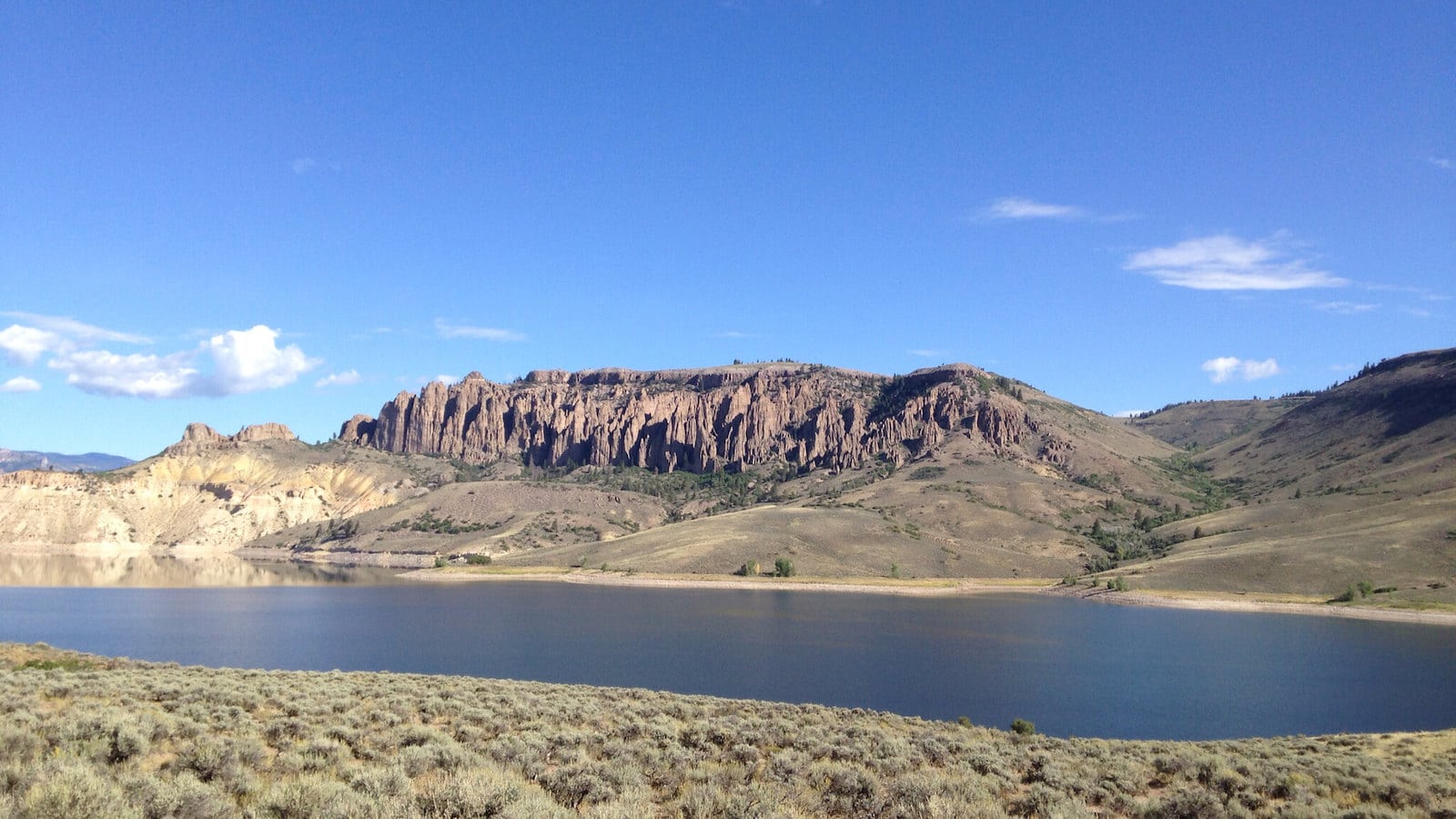
In the same decade as Dillon, a number of towns, ranches and fly-fishing resorts in western Colorado suffered the same fate . Blue Mesa Reservoir, located near Gunnison is Colorado’s largest water body, but it is not a lake. Grand Lake is the largest body of water in Colorado. It’s located in the north-central region.
Blue Mesa Dam, built in 1960 to generate hydroelectricity, is now one of the most popular water sport destinations. The reservoir is known for its large populations of Kokanee and lake trout. The cost of this massive engineering project was huge for the local people and environment.
According to Colorado Public Radio three towns were submerged in the construction of Blue Mesa Reservoir. A severe drought in 2018 exposed the streets and structural foundations of one of these long forgotten towns.
The town of Iola was able to make a surprising comeback after the water level dropped below 40% of the capacity of the reservoir. In the mud, the remnants of Iola’s general store and cement base for the school flagpole were visible. This bizarre scene served as a stark warning of Colorado’s ongoing water problems and the sacrifices made to meet its ever-growing population.
According to The Denver Post, Iola and Sapinero, two other ranching towns that once called the area home, were sacrificed. Sapinero was reported to be the largest town.
Sopris, and other mining communities on the Purgatoire river
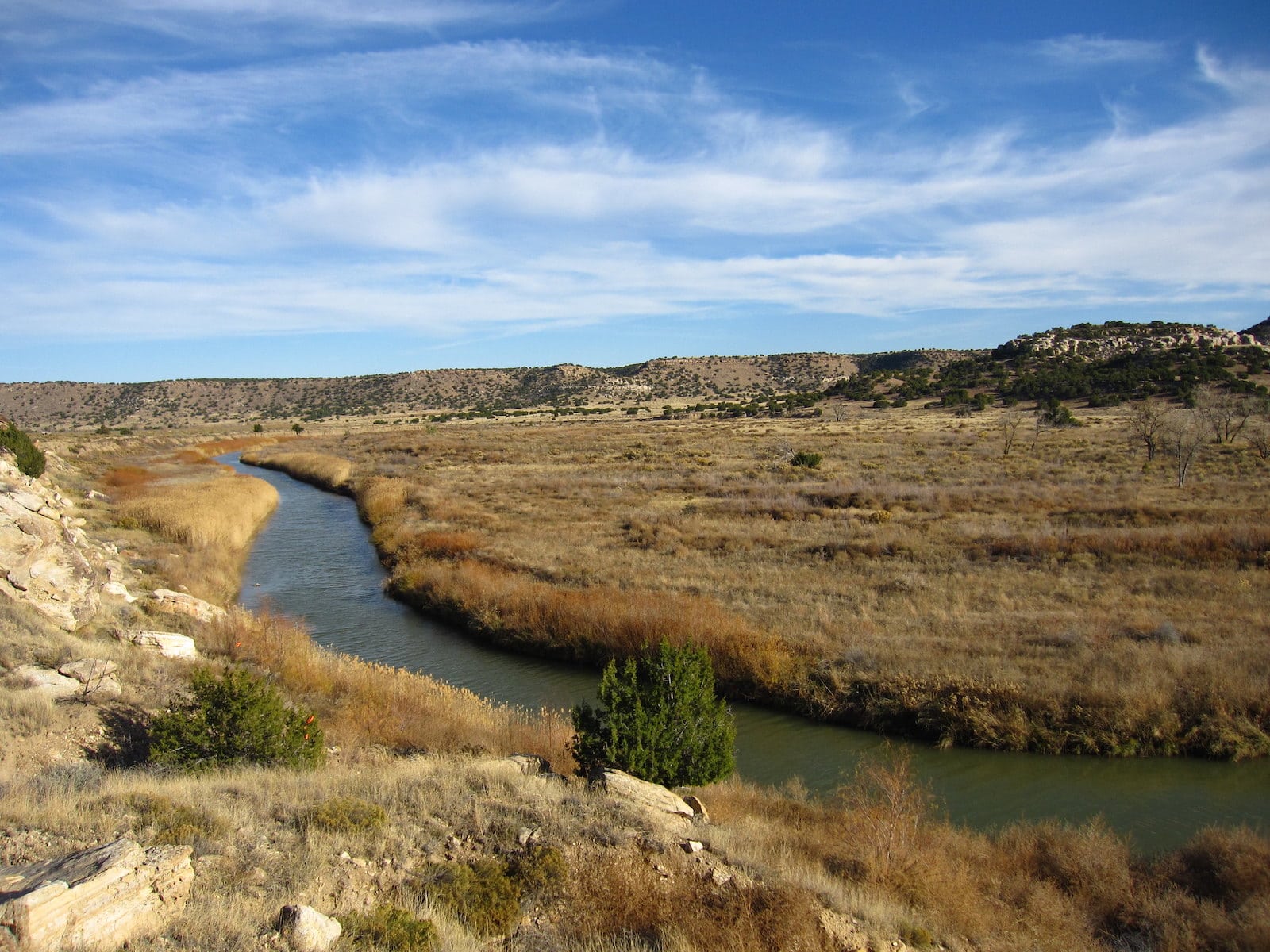
In the not-so distant past of southern Colorado, the town of Sorpis was located near Trinidad on the floodplain for the Purgatoire river. These communities, along with Trinidad, were affected by frequent flooding.
State officials developed a plan for the construction of the dam to eventually create Trinidad Lake State Park. Residents and mining companies in the area fought to keep their homes and businesses but were forced to relocate and have their structures flooded.
Unlike Trinidad, Sopris is currently under water and at risk of becoming forgotten.
Stout
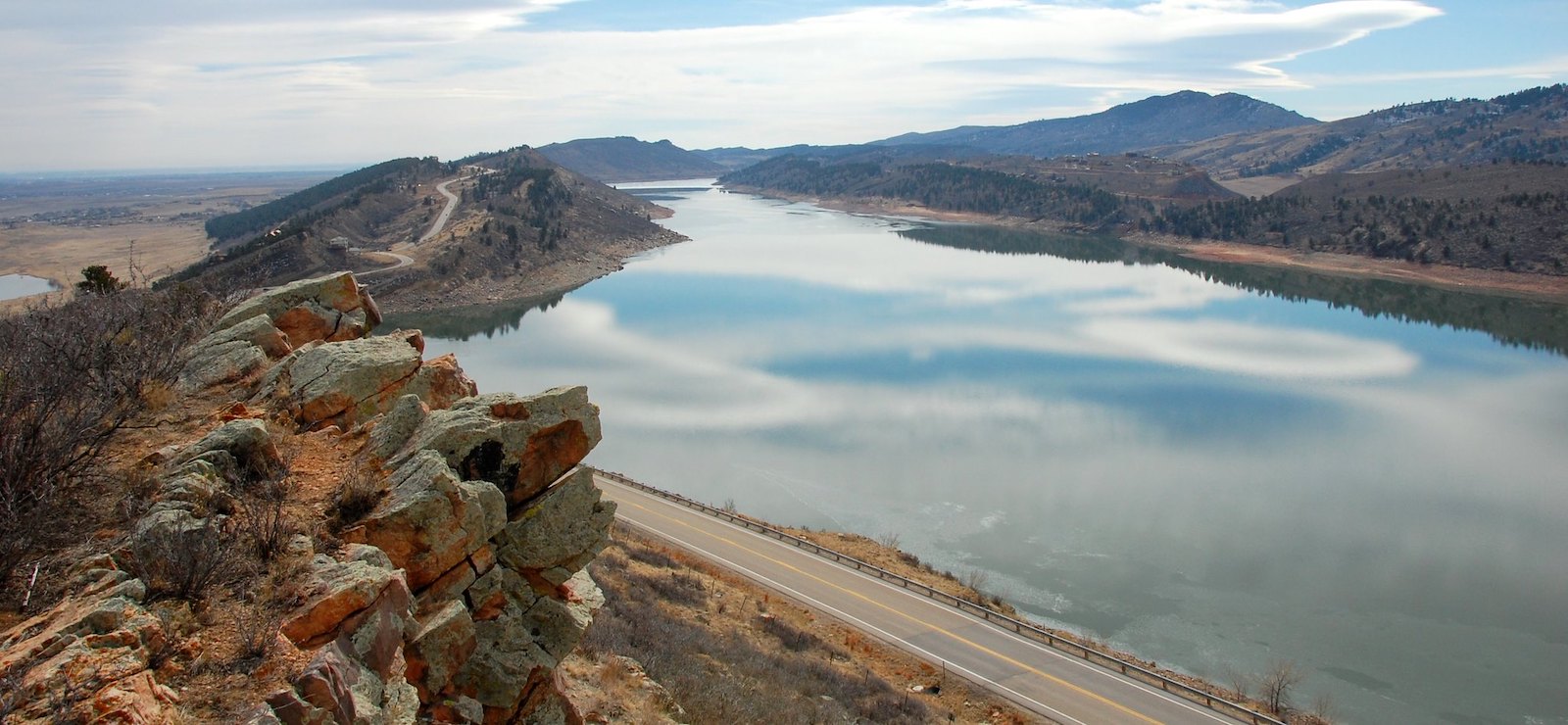
If you’ve ever been to Denver, you’ve likely walked over the most famous product of Stout. It’s located at the base of Horsetooth Reservoir. The quarries of Stout were used to build many sidewalks in Denver and Omaha.
The World’s Fair in Chicago was also constructed using the same material. Stout, unlike many other tragic cases of towns being forced to be abandoned or relocated in order to make room for reservoirs or dams, was already a ghost town for decades before its flooding and subsequent abandonment.
Montgomery
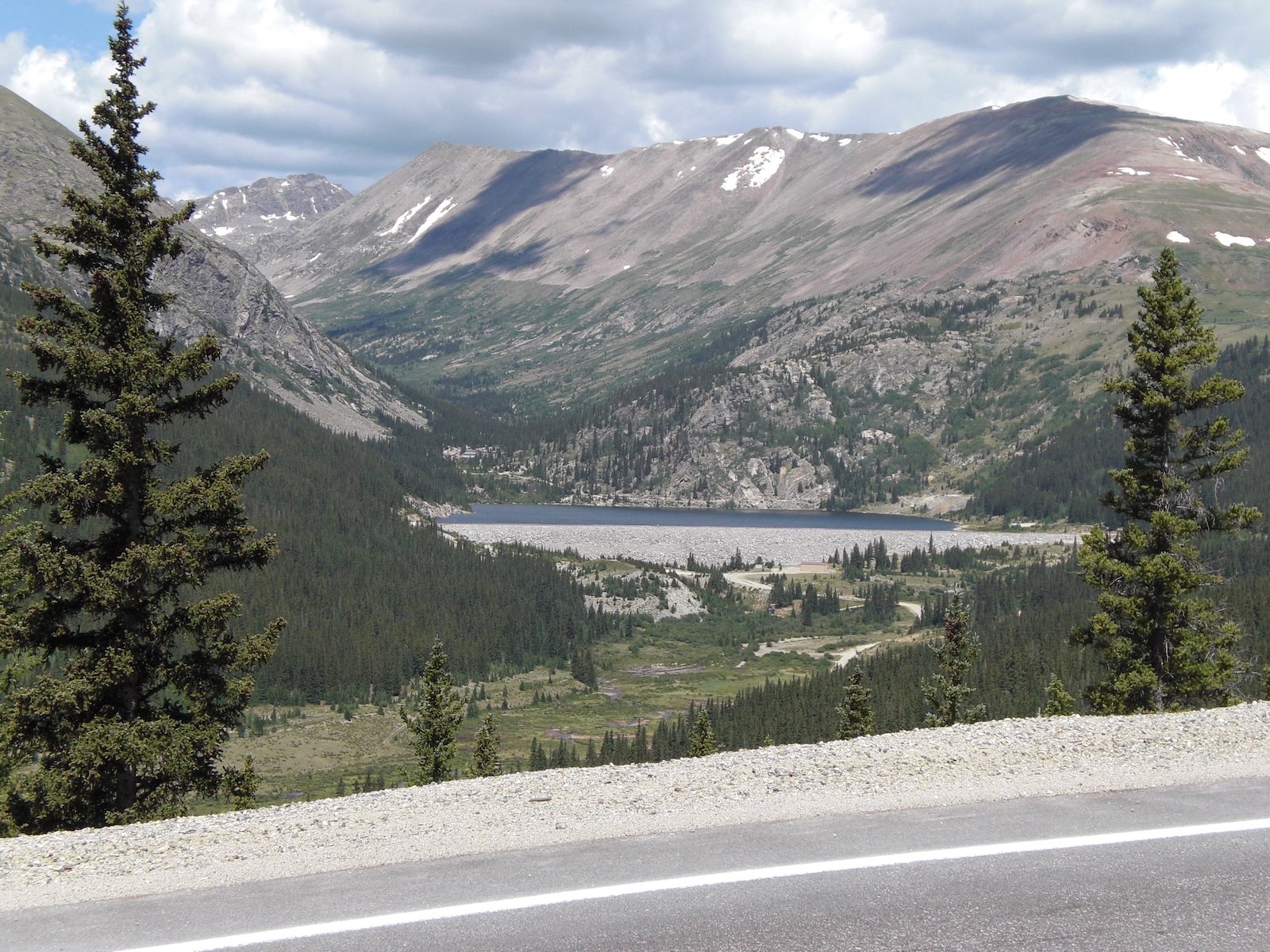
Montgomery, located near the alpine town of Alma in the state of Montana, was home to more than 1,000 residents during the mining boom that lasted from the 1860s through the 1980s. It also had multiple hotels, dancehalls, and 150 cabins. Montgomery’s fortunes began to change when the Silver Crash of 1893 caused residents to flee. Local officials had a tough decision to make.
Colorado Springs bought the town and the land underneath it, deciding that the area was ideal for a large lake. Montgomery Reservoir has one of the most beautiful bodies of water, with its crystal-clear blue waters and abundance of rainbow trout.
Colorado has a plethora of fascinating Ghost Towns, whether they are located beneath reservoirs or on stunning mountain peaks. You can visit some reservoirs but not all. However, once you know about the communities that were flooded to create them, you will never look at the reservoirs in the same light.
